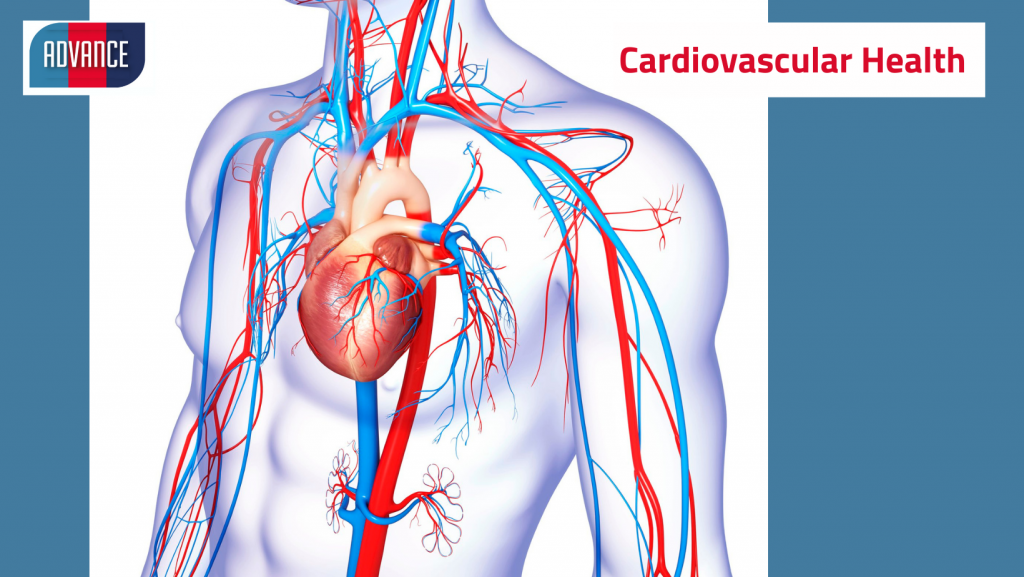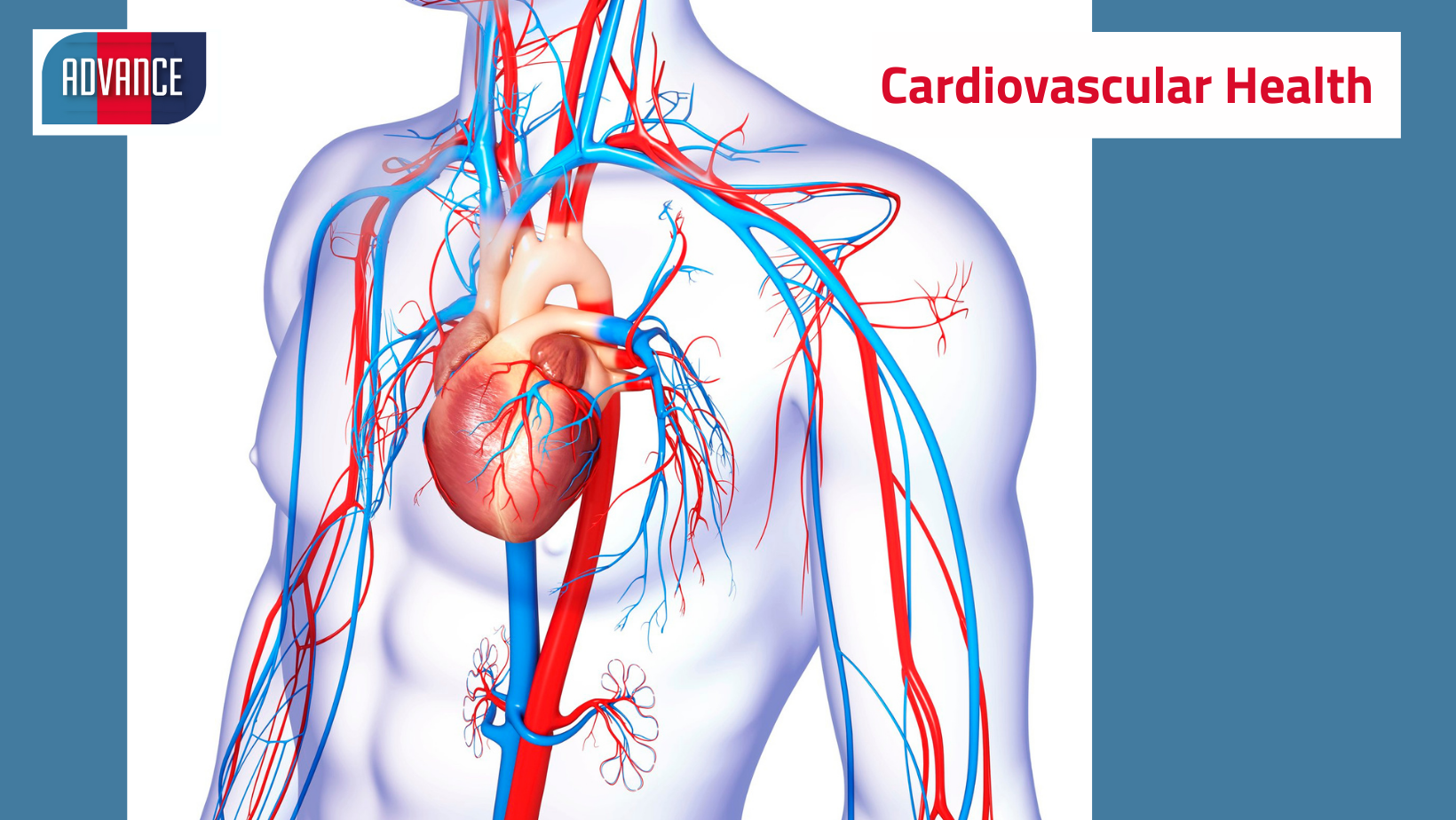In this week’s blog we are going to explain a section of the ADVANCE Study day in a bit more detail to help explain what participants experience – we are going to explain the assessments we do to measure cardiovascular health. In particular, we are interested in looking at the risks of developing high blood pressure and diabetes which, if left untreated, can increase the risk of developing cardiovascular disease (CVD), such as heart disease and stroke, in the future.

What is the cardiovascular system?
‘Cardiovascular’ refers to the circulatory system – this is the heart and blood vessels. These carry oxygen and nutrients around the body and help remove carbon dioxide and waste products.
Why is it part of the ADVANCE study day?
Over the 20-year study period we are investigating many factors that can have an impact on cardiovascular health and whether sustaining battlefield injuries such as loss of limb(s) or gunshot injuries increases the risk of cardiovascular disease. To do this, we will compare the injured group to our non-injured group of similar age, rank, size etc..
What cardiovascular tests do we do?
Blood tests: We take blood samples from participants during every visit. The tests that relate to CVD that we look at are cholesterol, HbA1c and High Sensitivity Creatine Reactive Protein (HsCRP). Abnormal cholesterol levels (LDL, HDL and triglycerides), if left untreated, can develop into fatty deposits which can cause a narrowing of blood vessels. This puts an increased pressure on the heart. LDL is considered ‘bad’ cholesterol, as over time it can cause fatty build-up in arteries. HDL is ‘good’ cholesterol, as it carries blood fats to the liver to be excreted. We also observe the total cholesterol/HDL ratio – a higher ratio indicates a higher risk of CVD. HbA1c tests the average amount of sugar that has been in the blood over the last several months. Previous research shows that an increased HbA1c carries an increased cardiovascular risk. HsCRP is a protein that indicates inflammation which, when raised, is associated with heart disease
Vicorder: The aorta is the largest artery carrying oxygenated blood away from the heart. Vicorder measures whether the aorta is becoming stiff and inflexible – indications of potentially developing a high blood pressure. The Vicorder test is carried out by applying pressure cuffs to a participants thigh, arm and neck. This gives an in-depth measurement of blood pressure and heart rate. It also measures the speed of blood flow from neck (carotid artery) to thigh (femoral artery).
Heart Rate Variability: Heart rate variability is a measure of variation between heart beats. This test is carried out by recording a resting 5-minute electrocardiogram (ECG), followed by a 5-minute paced breathing ECG. The heart rate variability test identifies the effectiveness of their autonomic nervous system and gives some indication of fitness levels and cardiovascular health.
Waist-to-hip ratio: We also carry out waist and hip measurements during every participant visit. This is done to find out if the waist-to-hip ratio is connected to an increased health risk and increased blood cholesterol levels.
We review all of the above results, and if there are any concerns we inform the participant and their MO or GP. We also provide advice which, in most cases, will be on healthy lifestyle choices, and monitoring their blood pressure or doing follow-up blood tests.



